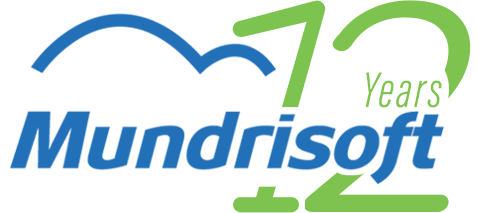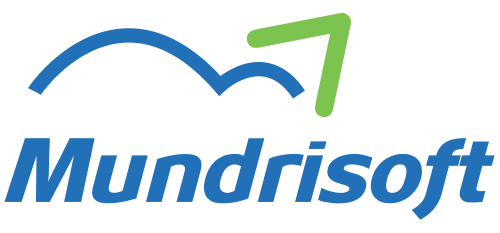
The Priority Checklist for Migrating SharePoint On-Premise to SharePoint Online (O365)
Due to the increasing demand for ease of access, better reliability and uptime, nearly, every organization has been progressively moving to cloud based platforms. Thanks to the enhanced and improved version of SharePoint that comes with the Office 365, enterprises can now make the most of its online version.
A new benchmark report, State of Microsoft 365: Migration, Modernization, and Security in 2021, states that,” Companies are increasingly migrating to Microsoft cloud computing environments.”
Why migrate your SharePoint on-premise to SharePoint Online?
SharePoint Online offers a plethora of benefits in comparison with the on-prem version.
Some of the primary reasons for migration however are scalability, Shapeend of SharePoint 2010 support, need for more storage space, pay as you go model and most importantly to lower the Total Cost of Operations (TCO).
Like all IT processes, migration from SharePoint On-Premise to SharePoint Online is about following certain steps that can bring about continuous improvement.
PLAN DO CHECK ACT(PDCA)
Migration as the term suggests is the procedure of transferring all existing data on the SharePoint on-premise server to SharePoint Online (Microsoft365 Cloud). While Migration often takes a third-party migration tool, it is essential to have the technical know-how on how to migrate all file types, maintaining Metadata, file distribution and size distribution, security aspects etc.
To get started, it’s always necessary to have a checklist at hand to ensure that nothing is missed out and that all the required upgrades are available. That being said…
Here’s a priority checklist for migrating on-premise SharePoint to SharePoint online
1. Make an Inventory
What does your existing system have? Having a list can help in making the right decisions, estimating the efforts required for migration, and influence the overall cost too. Having an inventory also makes it easier to create a timeline that can be followed.
The Inventory list would ideally contain inputs on Sites, List and libraries, Pages, Workflows, Permissions, records and so on.
2. Organize and Clean-up
The existing legacy environment of SharePoint can often be a culmination of years of data, and information that may or may not be relevant. While the idea of migration is to take everything to the new system, it is always good to reduce the clutter, organize and clean-up things before migration. To do so, start by finding the deactivated or “orphaned users”, remove inactive SharePoint groups, delete unused content types, sites, columns and workflows or modify the ones needed. Run a check on all the documents for validity, and remove redundancies, permissions, histories to list a few.
3. Analyze the New Environment
Yes, you are migrating to SharePoint online and you have analyzed the platform before migrating, but this check is about mapping. To plan and structure the new version according to the organization’s present needs, it is important to configure the Web Applications, check databases, create a backup, and check authentication & rules. It is also important that you run a ‘Run a Test’ migration to identify if any element is unsupported or if additional customizations are required.
4. End User Communication
Migration is usually done during downtime to avoid any impact to the normal work processes. However, considering the huge transition, it is important to keep the users informed so that they are aware about the changes. It is always good to give them a clear reason for the change and point out the benefits and value additions. Give the users clear information about the URL changes, new bookmarks, etc. and share an estimated timeline for migration with them before getting started.
5. Migration Testing
Once these checks are in place comes the actual Migration, which ideally should be a breeze considering everything is well planned. However, any migration can always encounter unprecedented challenges which the technical team should be prepared to deal with. Once a successful migration is done, run a thorough check and ensure that everything is migrated. Test all the workflows before opening up SharePoint Online for general use. Just ensure that the users are ready for the change and that everything is working well.
6. Get help from cloud migration experts
While SharePoint On-premise to SharePoint Online migration can be done by the IT team with the help of Microsoft SharePoint Migration Tool (SPMT) or third-party tools. It is always good to get advice from the experts. With outsourcing, you can have a seamless botch free migration to help you move your data safely to SharePoint Online and its newer versions. Cloud migration experts will assist you throughout your migration process and also help your make customized changes if needed.
What Makes Mundrisoft a good outsourcing partner for SharePoint Migration?
We have worked with every single version of SharePoint that Microsoft has ever released. We can not only help you migrate to SharePoint online but also make use of the latest features for your benefit in the best possible manner. Request a free one to one consultation before your migrate to SharePoint Online.
Tags :


